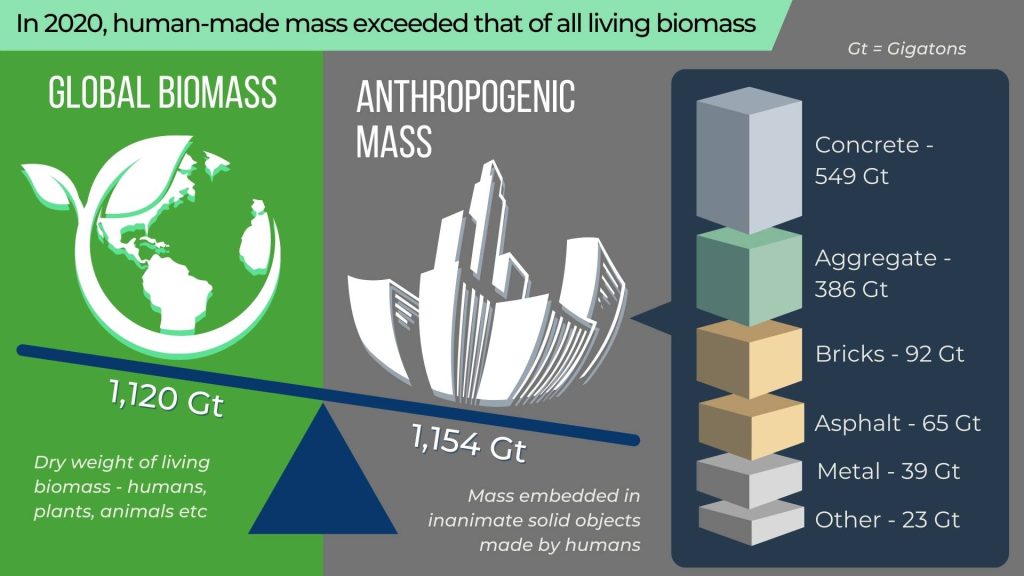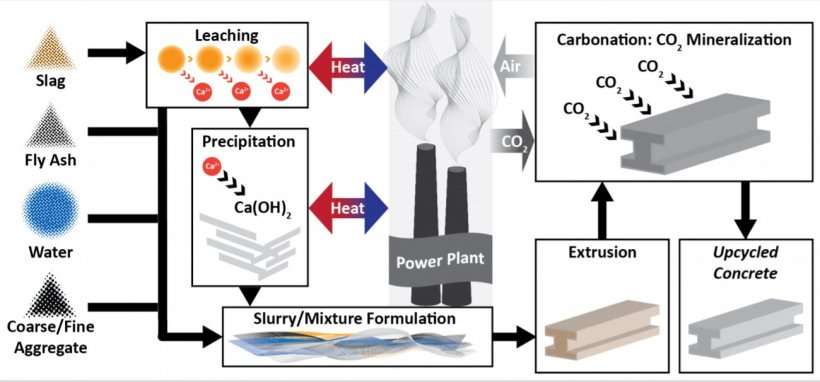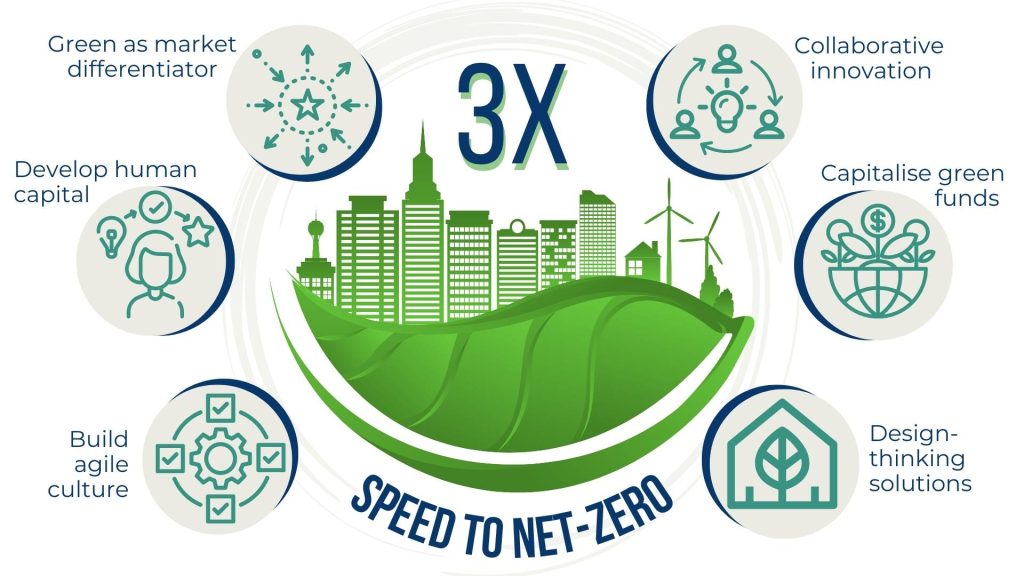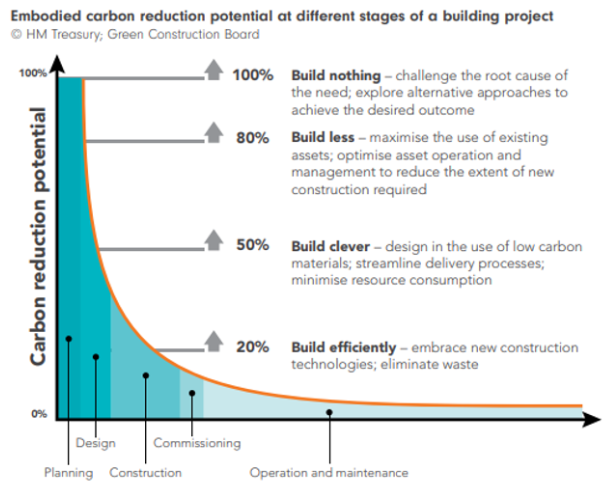Eco building, or green building, is the practice of creating structures and using processes that reduces or eliminates negative environmental impact throughout a building’s life cycle. It should also bring positive impacts where possible. This practice incorporates a number of features that include the efficient use of natural resources, using renewable energy, and utilising recycled materials in the building’s construction.
Once a concept that is nice to have, eco building today is a necessary discipline in the fight to save Earth. And for good reason. The impact of the building and construction industry on the environment is staggering. Globally, it is responsible for 36% of energy consumption, 38% of energy-related carbon emissions, and 50% of resource consumption. The industry is expected to double its total footprint by 2020 unless it is serious in its commitment to implement eco-building practices.

Environmental impact of the building industry
According to a report published by the World Business Council for Sustainable Development (WBCSD), the building industry generates about 13,850Mt (million metric tonnes) of CO2 every year.
Half of all emissions are embodied carbon. These are carbon associated with the manufacture of materials, the construction process, and maintenance of the building throughout its lifespan. The remaining are operational carbon – emissions associated with the heating, cooling, and energy use of the building.
Using six buildings as case studies, the report also found that, for every square metre (m2) of buildings constructed, approximately 1,800 kilogrammes of CO2 is emitted throughout its life cycle. With 5.5 billion m2 of new buildings being constructed every week – the equivalent of the size of Paris – the environmental impact significantly adds up.
Net-zero carbon dioxide (CO2) emissions are achieved when anthropogenic CO2 emissions are balanced globally by anthropogenic CO2 removals over a specified period.
Intergovernmental Panel on Climate Change
Eco-building net-zero targets
To meet the Paris Agreement climate change targets, the building industry needs to achieve net-zero emissions by 2050. The World Green Building Council outlined two major milestones on the industry’s path to net-zero:
- By 2030, all new buildings, infrastructure, and renovations will have at least 40% less embodied carbon with significant upfront carbon reduction, and all new buildings are net-zero operational carbon.
- By 2050, new buildings, infrastructure, and renovations will have net-zero embodied carbon, and all buildings, including existing buildings, must be net-zero operational carbon.
Upfront carbon is the carbon footprint of construction materials before use. If business-as-usual were to continue, upfront carbon will be responsible for half the entire carbon footprint of new construction between now and 2050.
Concrete is one of the world’s oldest man-made building materials. It also has one of the largest carbon footprints. Addressing this footprint, therefore, is an important step in decarbonising the industry.
Environmental impact of concrete
At the very base level, the production of concrete is hugely resource-intensive. The production of cement, a key ingredient in concrete, is energy-intensive. Globally, four billion tonnes of cement are produced for concrete construction each year. This accounts for 8% of all carbon emissions.
In addition, the process of mixing and curing concrete demands a lot of water. In 2012, a study of water usage in concrete production quantified that the concrete industry was responsible for 9% of all industry water withdrawals. That’s equivalent to 1.7% of all global water withdrawals.
Both these properties make concrete the planet’s most environmentally impactful building materials.
The environmental impacts of concrete production go beyond carbon emissions and water depletion. They include acid rain as a result of emissions of sulphur dioxide, nitrogen dioxide, and nitric oxide. There’s also air pollution arising from local high concentrations of cement kiln dust. In addition, inadequate precautions during concrete production and installation can result in surface run-off, contaminating stormwater and downstream water bodies.
What about eco-building with alternative materials?
Certainly, there have been developments in technologically innovative alternatives. For example, CON2CRETE, a 3D-printed new building material made by upcycling carbon from power plant smokestacks. But they are unlikely to gain mainstream adoption. Factors like cost, scale of production, and yet-to-be-determined long-term material resiliency are cited as causes for concern. Concrete, on the other hand, is cheap, versatile, and proven to be resilient to natural disasters.

The demand for concrete is tremendous. It is, in fact, the second most consumed material in the world after water. According to a report by Allied Market Research, the concrete market is expected to grow at a CAGR of 4.7% from 2021 to 2030. Key drivers fuelling this growth are increasing government expenditure on infrastructure, and rapid economic development in developing nations.
Since the industry can’t do without concrete, it stands to reason that the production of concrete and its processes need to transform towards eco-building practices.
Concrete green ways to eco building
In his publication Toward Green Concrete for Better Sustainability, Bambang Suhendro defined green concrete as concrete that uses waste material as at least one of its components, or its production process does not lead to environmental destruction, or it has high performance and life cycle sustainability.
Simply put, these are versions of concrete that make less of a net carbon impact throughout its life cycle. Hence, they are considered “green”. There are multiple ways that this can be done.
Carbon offset
One method is using carbon offset credits. This is the business of planting a number of trees for every tonne of CO2 emissions and similar carbon credit programs.
Reducing energy emissions
Another is to use fewer impact inputs in the making and delivering of the concrete. For example:
- Using renewable energy for the furnace and milling of cement in the input process
- Using renewable energy to fuel machinery and plant energy when making the concrete in the output process
- Reducing the transport carbon with less transportation in-between
Green cement
Then there is green cement, a form of cement produced from a manufacturing process that is altered to significantly reduce emissions. This process reduces the intake of conventional cement and introduces alternatives in the form of discarded industrial wastes as its major raw materials.
Fly ash and slag are two widely used alternatives in green cement. Fly ash is a waste product of coal-fired power plants, while slag is a waste product from steelmaking. Other alternatives include silica fume, a by-product of silicon alloy production, and volcanic ash, a cement alternative harking back to the days of ancient Greece and Rome.
Green cement is purported to reduce carbon footprint by as much as 40%. Globally, the green cement market is expected to grow at a CAGR of 4.8% from 2020 to 2026. Key drivers of growth are the growing adoption of environment-friendly products in construction activities, and increasing regulations to minimise carbon emissions during construction.
Carbon capture and utilisation
Carbon capture technologies allow CO2 produced from cement manufacturing to be captured and stored, rather than released into the atmosphere. This captured carbon can then be utilised in a number of ways. For example, Fortera, a cement plant in California, feeds its captured carbon back into the kiln. Thus, reducing CO2 loss and improving the efficiency with which raw limestone is turned into cement.
Another use is carbon mineralisation. This technology injects captured CO2 into fresh concrete where it becomes permanently embedded. This process reduces the reliance on cement to strengthen the structure of concrete.
As an added benefit, the pre-treatment required to separate CO2 from the flue gas of cement plants also reduces harmful local air pollutants like particulate matter and sulphur dioxide.

Living concrete
Living concrete is a revolutionary new material developed by researchers at the University of Colorado Boulder. Unlike traditional concrete, which is made with sand, cement, and water, living concrete is made with a mix of sand, gelatin, and a strain of cyanobacteria called Synechococcus. When nutrients are added, this microbe absorbs light and CO2 to produce energy via photosynthesis. In the process, it releases oxygen and calcium carbonate crystals, cementing the sand and gelatin together in a web of minerals.
In addition to being low-carbon, living concrete can continue to “grow” if not dehydrated completely. This ability paves the way for the organic reproduction of more living concrete and eco-buildings that can self-heal. However, these use cases are only viable in parts of the world where some degree of humidity exists.
Recycled aggregate
This is the practice of producing new building material from recycled construction and demolition waste. Recycling concrete benefits the environment in a number of ways. Firstly, the amount of waste that needs to be landfilled is reduced. Secondly, the concrete itself becomes aggregate, reducing the environmental impact of manufacturing new aggregates from raw materials.
In tandem, transportation emissions are reduced when transport needs for waste disposal and raw materials extraction are reduced.
Furthermore, carbonation occurs naturally in concrete from the surface inwards. When concrete is crushed to produce aggregates, more surfaces get exposed. Thus, increasing the potential to absorb atmospheric CO2.
The path to net-zero eco-building
According to global consulting firm McKinsey, the building and construction industry needs to decarbonise three times faster in the next 30 years as compared to the prior 30, in order to meet net-zero targets by 2050.
In a roundtable discussion with industry players at the COP26 Climate Change Conference, six items emerged as action points that the industry can take in getting there:
- Creating market differentiation through decarbonisation. In this regard, the industry needs to take the high road in truly adopting eco-building practices rather than “greenwashing” with a hero product
- Boosting innovation through the development of common standards and collaborative R&D
- Capitalising on green investment to decarbonise existing assets at scale and partnering with green start-ups
- Taking a design-thinking approach in developing solutions for customers
- Building a culture of innovation with more agile ways of execution
- Developing human capital to deliver green demands at scale

Role of governments in eco-building
Governments, too, play an important role. To spur the transformation of a notoriously change-resistant industry, whilst accelerating an agenda of innovation, will require a supporting package of industrial decarbonisation policies. For example, enhanced tax incentives for pioneer proof-of-concept projects, and green procurement initiatives that leverage the purchasing power of the government to build early markets for low-carbon industrial materials.
Five governments have already begun on this path. Through the Industrial Deep Decarbonisation Initiative (IDDI), the governments of India, Germany, the United Kingdom, Canada, and the United Arab Emirates are taking the first step in setting the standards for green building products and establishing ways to track their embodied carbon.
Also on the IDDI agenda is the use of green public procurement to create markets for low-carbon steel and concrete. By pledging significant demand for low-carbon materials, these governments aim to fast-track production scale-up within the industry.
All hands on deck to net-zero
Effective decarbonisation of the industry requires concerted efforts across the board. As the chart below illustrates, the potential for carbon reduction diminishes as the project develops.

Bringing all stakeholders onboard, and in agreement, to eco-building practices and urban green planning right from the start of the project will yield the best results for the environment, and all parties involved.
On this basis, it’s imperative that all stakeholder groups – governments, councils, investors, developers, architects, and occupiers – form an ecosystem of partnerships to effectively collaborate and work towards common sustainable targets.
Thrivability Matters
We at THRIVE not only aim to educate people about sustainability but also provide a platform where entities can assess their own sustainability performance at various scales using different internationally recognised benchmarks and standards. Ask us about how this platform can help your business measure its sustainability in a holistic way.
GOT A QUESTION ON THIS TOPIC?